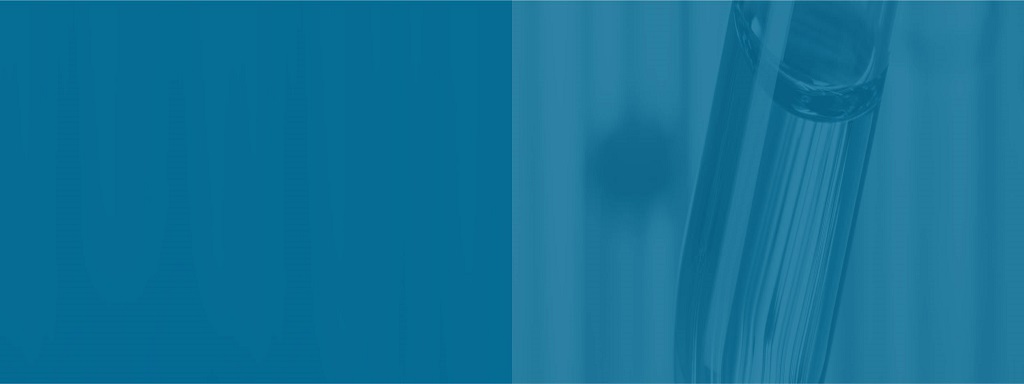Detection Methods of Water-soluble Fertilizer

Strong 8k brings an ultra-HD IPTV experience to your living room and your pocket.
Importance of Water-soluble Fertilizer Detection
There are mainly two kinds of production and processing methods of water-soluble fertilizer: physical configuration type and chemical synthesis type. at present, most of them are physical configuration type, and the finished product is formed by mixed configuration of many kinds of raw materials, and the process is relatively simple. Product quality completely depends on the purity of raw materials and the compatibility between raw materials. Therefore, the detection of water-soluble fertilizers not only meets the management and supervision of the fertilizer market, but also helps to improve the production and R&D technology of water-soluble fertilizers, which can more effectively guarantee the stability and safety of agricultural production.
Detection Methods of Water-soluble Fertilizer
Determination of Macroelement Content (Total Nutrient)
The content of macroelements refers to the sum of total N, P2O5 and K2O. Water soluble fertilizer products should contain at least two kinds of macroelements, and the single macroelement content should not be less than 4.0%.
Determination of total N content
The determination of total N content includes titration after distillation and Dumas combustion method, in which titration after distillation is arbitration method. The titration method after distillation is to use nitrogen alloy to reduce nitrate in alkaline medium and then distillation to produce ammonia, or to use mixed catalyst in acidic medium to digest and reduce nitrate with concentrated sulfuric acid, and then convert organic nitrogen or amide nitrogen into ammonium salt, and then distilled out ammonia.
Determination of P2O5 Content
The content of P2O5 was determined by Quinoline Phosphomolybdate Gravimetric method. The content of P2O5 was calculated by the formation of a yellow quinoline phosphomolybdate precipitate from the n-phosphomolybdate ion in the water-soluble fertilizer and quinmolybdate caraganone in acid medium.
Determination of K2O Content
The K2O content is determined by the Sodium Tetraphenylborate Gravimetric method, which uses sodium tetraphenylborate solution in a weakly alkaline medium to precipitate potassium ions in the water-soluble fertilizer sample, and calculates the K2O content through the precipitate. It should be noted that there are a large number of cations in the water-soluble fertilizer samples, which will cause interference. It is necessary to add ethylenediaminetetraacetic acid disodium salt (EDTA) in advance to make the cations complex with EDTA to prevent interference.
Determination of middle element content
The content of middle element refers to the content of Ca or Mg or the sum of Ca and Mg. The product should contain at least one middle element, and a single middle element with a content of not less than 1.0% shall be included in the content of middle element. The contents of Ca and Mg are determined by atomic absorption spectrophotometry and plasma emission spectrometry, and atomic absorption spectrophotometry is the arbitration method. Atomic absorption spectrophotometry is that Ca and Mg are atomized in air-acetylene flame by using a certain amount of strontium salt as releasing agent in slightly acidic medium, then the characteristic wavelength light emitted by hollow cathode lamp is absorbed by atomic vapor, and the atomic concentration of different ground state is calculated by absorbance. It should be emphasized here that the characteristic wavelengths of Ca and Mg elements are different, Ca is 422.7nm and Mg is 285.2nm. It should also be noted that before using the atomic absorption spectrophotometer for determination, the mass concentration of each standard solution should be taken as the abscissa and the corresponding absorbance value should be the ordinate, draw the working curve, and do a blank test.
Determination of Trace Element Content
The content of trace elements refers to the sum of the content of Cu, Fe, Mn, Zn, B, and Mo. The product should contain at least one trace element, and a single trace element with a content of not less than 0.05% should be included in the content of trace elements. The four element contents of Cu, Fe, Mn, and Zn are all determined by atomic absorption spectrophotometry and plasma emission spectrometry. The specific measurement methods and precautions are the same as those of Ca and Mg. The difference is that the characteristic wavelength of Cu is 324.6nm, Fe is 248.3nm, Mn is 279.5nm, and Zn is 213.9nm. Plasma atomic emission spectrometry (ICP-AES) and azomethine-h-acid spectrophotometry were used for the determination of B content; ion emission spectrometry and sodium thiocyanate spectrophotometry were used for Mo content determination, and both of them were arbitration methods. Plasma atomic emission spectrometry (ICP-AES) is that B and Mo in the sample can be atomized and excited to the high-energy state in the ICP light source. When the atoms in the high-energy state transition to the ground state, electromagnetic radiation with characteristic wavelength can be generated, and the radiation intensity is directly proportional to the atomic concentration. Before measurement, it is necessary to draw the working curve (the corresponding radiation intensity is the ordinate) and do blank test.
Note: IndiBlogHub features both user-submitted and editorial content. We do not verify third-party contributions. Read our Disclaimer and Privacy Policyfor details.







